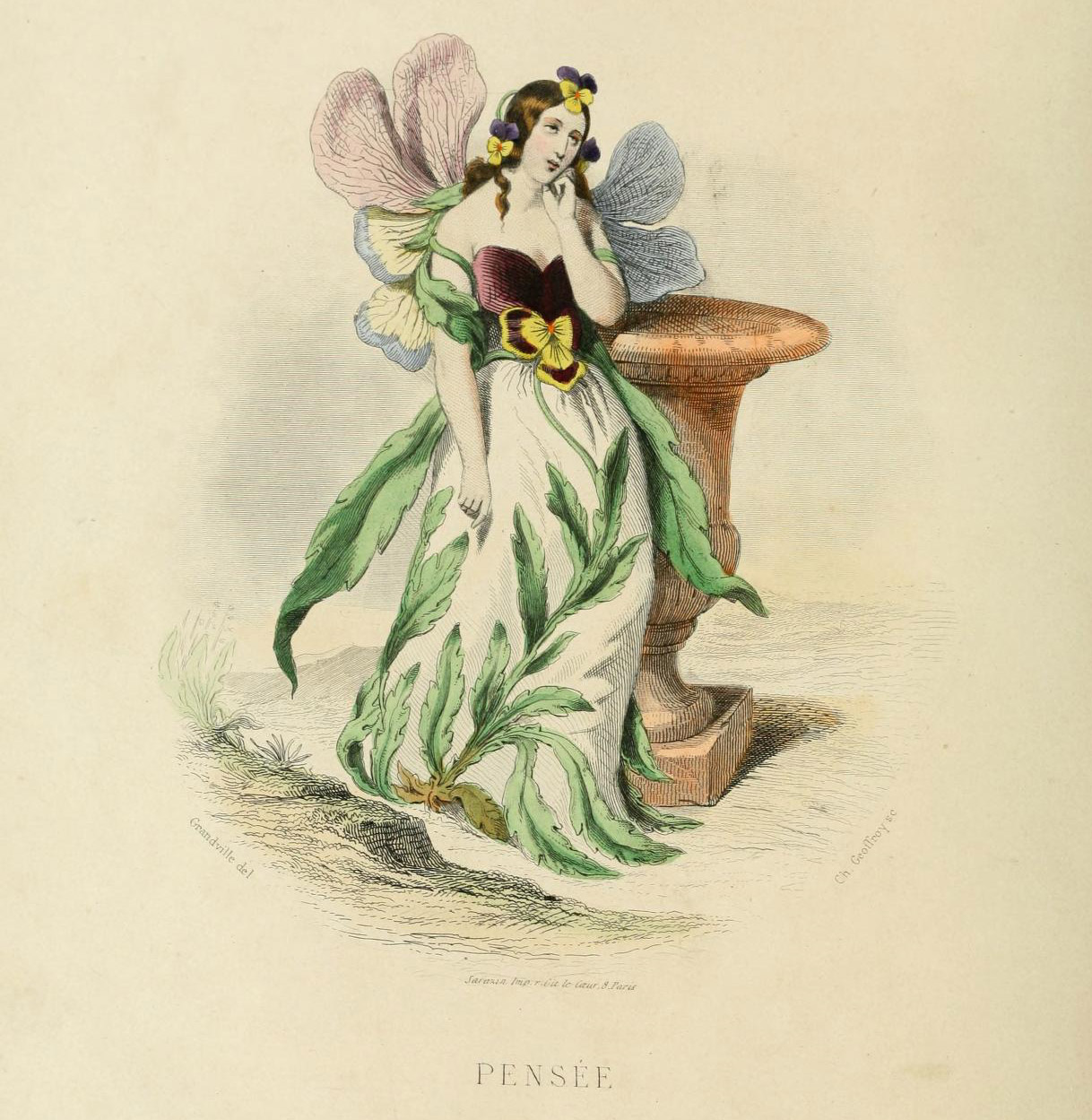
Jing Lee, a 17th-century Korean mummy. D. H. Shin, Y.-S. Kim, D. S. Yoo.
Jing Lee was born in 1580, during Korea’s long-lasting Joseon dynasty, and died in 1642, at the age of 63. At some point in his long life, he ate a raw, freshwater crustacean, in one form or another. Most likely, he was indulging in a fresh, seasonal treat—raw crabs with soy sauces—or was trying to rid himself of disease, with a dose of crayfish juice, thought to help treat the measles. (Joseon food culture was not to be trifled with.) However, as it happened, his crustacean meal left a lasting legacy in his body: a sac of liver fluke eggs growing happily in his liver, as Haaretz reports.
Four hundred years later, as part of a parasitology study of pre-modern Korean societies, a team of scientists found that egg sac mummified on Jing Lee’s liver. They report their findings in a new study in the Journal of Parasitology.
You can read all about this fascinating find at Atlas Obscura.














